New education policy has been revised on 29th July and with that, there has been quite a lot of change in the education system. Let us have a look at the 15 key highlights of the New Education Policy.
Table of Contents
"Education is the passport to the future, for tomorrow belongs to those who prepare for it today."- Malcolm X.
The New Education Policy came into effect on 29 July 2020. The Union Cabinet has set new goals and implemented the new Education Policy in India. The aim of the New Education Policy (NEP) is to provide high-quality education to all citizens irrespective of their gender roles, status, and occupation in society. The policy aims in making the country highly literate by providing education to each section of the community.
- New Education Policy
- The Vision of the New Education Policy
- Important Highlights of the New Education Policy
- Features of New Education Policy
New Education Policy
Our country, India, is known for having the highest youth population all over the world over the next couple of decades. Thus the country must be well equipped in providing high-quality educational opportunities to the future citizens of the country.
The national cabinet on 29th July 2020 approved the New Education Policy in India. A NEP usually comes along every few decades. India has had three to date. The Indian government has replaced this more than a 3-decade-year-old policy (34 years old policy) of education, which was framed in the year of 1986, with a New Education Policy of 2020.
The union cabinet approved the New Education Policy in making reforms in school and higher education, including teaching. The aim of the new Education Policy is for India to have a high-quality education system for all learners irrespective of their social or economic background.
The Vision of the New Education Policy
The New Education Policy has been intended to change the way India sees its education system.
- The New Education Policy envisions an educational system that is transforming India and facilitating its journey to becoming an equitable and knowledgeable society through the provision of high-quality education to all.
- The New Education Policy foresees that the method of teaching delivered by the institutions must develop among the students, and this must impact their sense of respect towards the country, thus binding them to the fundamental duties and responsibilities of our country.
- Another vision that is aimed at is to instil among the students (the younger generation and the youth) the pride of being an Indian, not only through their thoughts but in spirit as well. But most importantly, to develop their skills, their knowledge, and become responsible citizens enough to sustain and live and bring about global well being.
Important Highlights of the New Education Policy
The following are the important highlights of the New Education Policy -
- More focus on vocational studies in school-level
- Public spending on education to be increased to 6% of GDP
- Schooling starts at the age of 3 years
- New curriculum syllabus for pre-school and Anganwadi children
- Infrastructure changes to Anganwadi/Pre-schools
- Mother tongue as medium of instruction
- Mission to ensure numeracy and literacy skills by 2025
- Class 10th and 12th exams redesigned
- No hard separation of streams for students
- Students will only sit for three exams
- Syllabus to be more focused
- Curriculum content to be reduced
- Four-year undergraduate programs returns
- Regular health check-ups for school students
- School complexes can be used for adult education courses after school hours
Features of New Education Policy
As per the guidelines set by the union cabinet, the New Education Policy will have rigid separations between subject streams. Students will now have the liberty to choose subjects they would like to study. Students of class 6th will have access to vocational education too. Students can opt for doing internships from the school itself now. Each student needs to be empowered by one vocational skill at least as a compulsion. The New Education Policy also aims to increase the gross enrollment ratio in higher education. The students will be benefitted as it will help students to develop scientific temper from a very young age.
Below are a few more features of the New Education Policy -
More Focus on Vocational Studies in School-Level
The new policy states that every child/student must learn a minimum of 1 vocational craft.
Some important vocational crafts include gardening, pottery making, metalwork, electrical work, etc. that help the child to develop metacognitive skills, self-management skills, analytical skills, etc. as decided by the state government when the child is in 6th-8th grade.
The government, by the year 2035, expects that at least 50% of the students in the educational system will have good exposure to the vocational education of education.
Public Spending on Education to be Increased to 6% of GDP
The union cabinet on 29th July 2020 approved the plan of the government to increase public spending on the education sector to nearly 6% of the gross domestic product from 4%.
Schooling Starts at the Age of 3 years
The new education policy has expanded the schooling age to 3-18 years of compulsory schooling, which will decrease the number of dropouts.
The new schooling system will have a total of 12 years of schooling and three years of pre-schooling accordingly. Emphasis will be given to early childhood care and education (ECCE) as well. Now the 10+2 structure will be removed and replaced by a new curriculum structure, i.e., 5+3+3+4, which is aimed at promoting better overall learning, development, and the well-being of the children.
New Curriculum Syllabus for Pre-School and Anganwadi Children
It helps in building a foundation of literacy and numeracy among all the children under the schooling system. The children will have to gain and develop the ability to write, read, and perform basic functions as it is an indispensable prerequisite that will be implemented by future schooling under the new education policy.
Infrastructure Changes to Anganwadi/Pre-schools
Anganwadi centres are to be integrated with high-quality infrastructure, well light, and well-ventilated classrooms, standard play equipment that are child friendly. Mainly, it will help build a very good learning atmosphere for the children. The Anganwadis are going to be converted into integrated school complexes as well, which is one of the major transformations for these schools.
Mother Tongue as Medium of Instruction
The New Education Policy has stressed the importance of the mother tongue. The NEP focuses on the student's mother-tongue as a medium of instruction, but it also states that no language shall be imposed on any child/student. They (NEP) only recommends, but it is not made compulsory. Also, Sanskrit will be offered to students at all levels of education and foreign languages such as Korean, Japanese, Thai, French, German, Spanish, Portuguese, Russian, etc. to be offered from secondary school levels only. But, the teaching up to at least grade 5 to be in mother tongue or regional languages.
Mission to Ensure Numeracy and Literacy Skills by 2025
India has taken a big step to achieve the universal fundamental literacy policy and numeracy by the year 2025. According to the National Education Policy document, it states that over crores of Indian students (5 crores to be specific) in the elementary school have not attained fundamental literacy and numeracy. It means that students struggle to do the basic ability to read, write, and carry other basic fundamental tasks of maths, such as adding and subtraction. Thus to achieve this, the NEP will create certain curriculum, policies, etc. for the students to follow and monitor their progress as well.
Class 10th and 12th Exams Re-designed
The New Education Policy has set to make the 10th and 12th exams a lot easier, thus redesigning it and taking a load off of not only students but parents as well.
The exams will test the students primarily on their core capabilities rather than coaching and memorizing the couple months of their schooling. The progress card of all students for school-based assessment will be redesigned as well.
No Hard Separation of Streams for Students
India has taken this huge step to move away from the rigid streams in the schooling system. There will be no more rigid differentiation between the three major streams, such as science, commerce, and arts. They will get blurred, and flexibility will be ensured.
The students will be given plenty of choices for the subjects they would want to take up, particularly in secondary school. The curriculum will be integrated to make it a more modern approach with 21st-century skills, mathematical and analytical thinking, and scientific flare brought upon by the NEP.
Students will only Sit for Three Exams
In the previous Education Policy, students had to sit for exams that were held every year after each grade. The New Education Policy states that instead of the exams being conducted every year, exams will be held only three years- particularly in classes 3,5, and 8. But the 10th and 12th exams will continue, but they are revised. Students will be given assignments with a regular and formative style that is bound to be more competency-based, and which will promote learning among the students. These assessments will also test higher-order skills as well as precisely critical thinking skills, analytical skills, problem-solving skills, and conceptual clarity.
Syllabus to be More Focused
The newer syllabus will focus more on key concepts, problem-solving, analytical approaches, understanding, ideas, and application. The teaching pattern will change, making it more interactive for the students to teach them better.
Curriculum Content to be Reduced
According to the New Education Policy, the curriculum will be more interactive and also likely to be reduced in each subject, to hold more value to the essential and core concepts of the subject. It will help make more room for critical thinking, and the educational approach is likely to be more holistic, discovery-based, inquiry-based, and curious as well.
Four-Year Undergraduate Programs Returns
The 4-year undergraduate program, which was last seen five years ago, is making a comeback with the New Education Policy, within multiple exit options within this period. The universities/colleges are to mandatorily give certificates to students after they have completed one year of the course (of any field including the vocational areas), and to award the student with a diploma after two years of study and a bachelor's after three years into the program. It reduces the chances of any dropouts within the system. Master of Philosophy (MPhil) courses are to be discounted.
Regular Health Check-ups for School Students
There will be a priority given to the student's physical health and mental health, through the implementation of meal plans, regular check-ups, and health cards issued to the students. Mainly, it is to ensure students are healthy and safe.
School Complexes can be used for Adult Education Courses After School Hours
The schools or school complexes after the school hours are over can be used by adults for other educational programs, which are likely to be ICT equipped. They can be used for community engagement and enrichment activities as well.

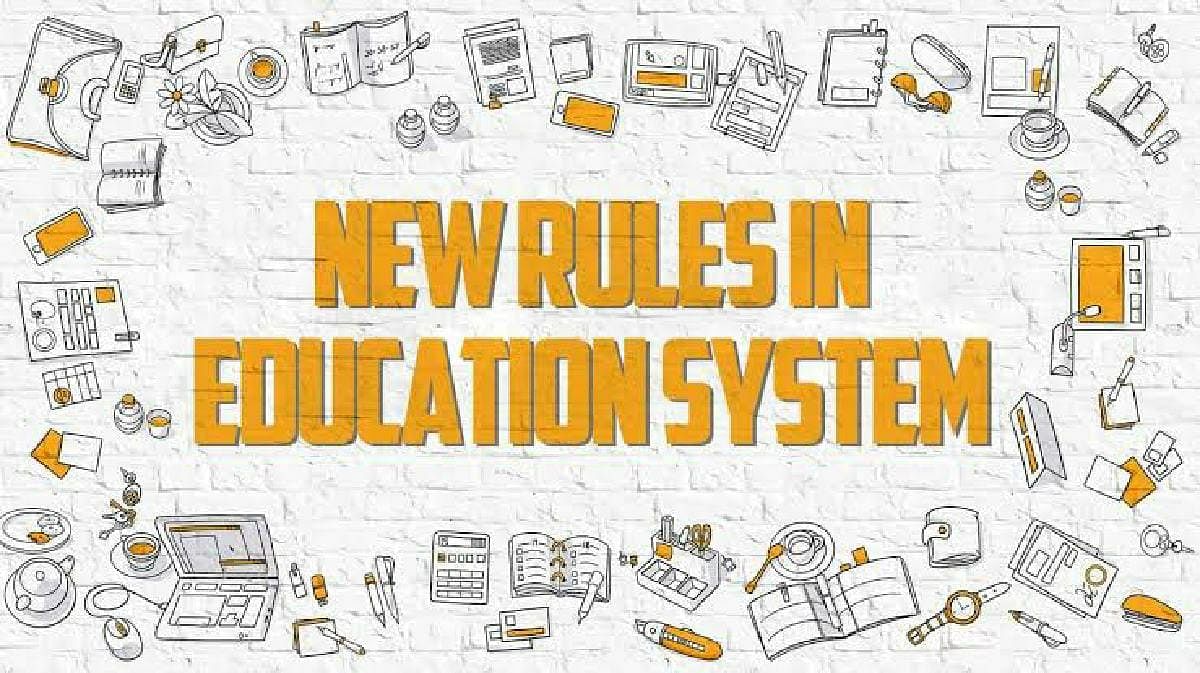
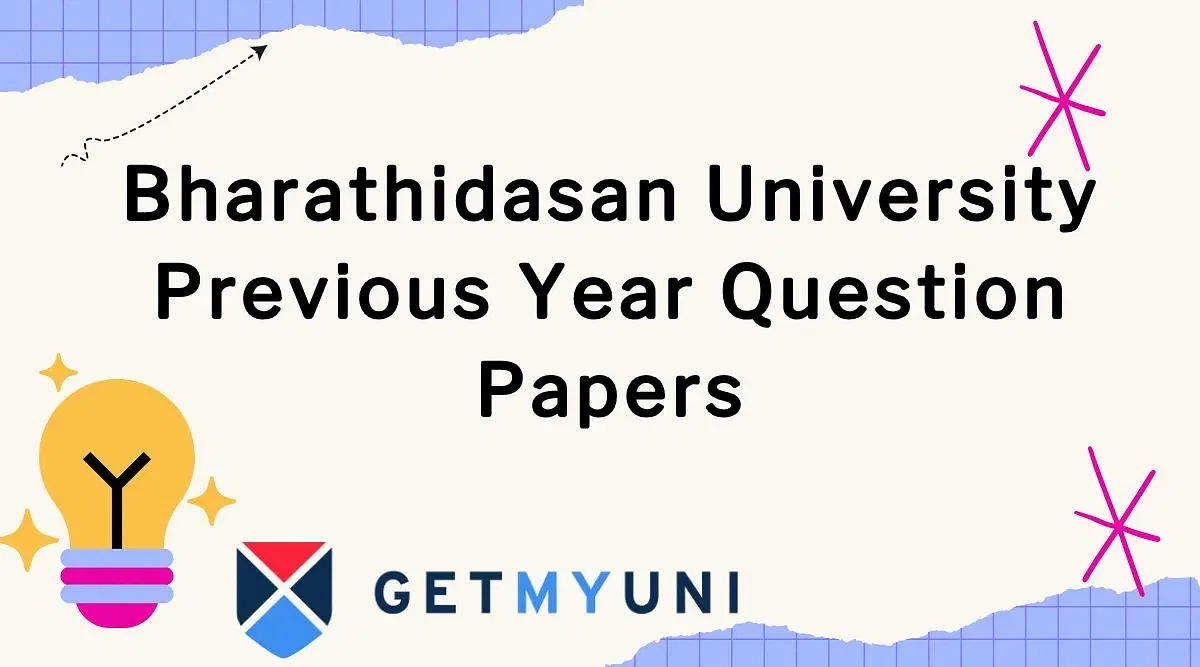
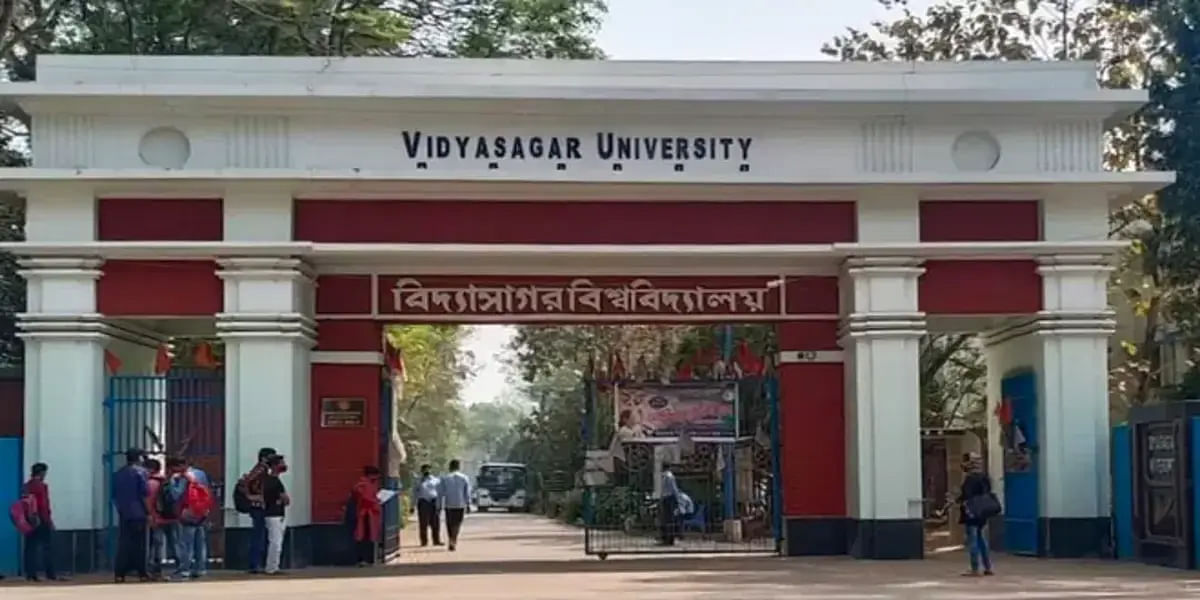



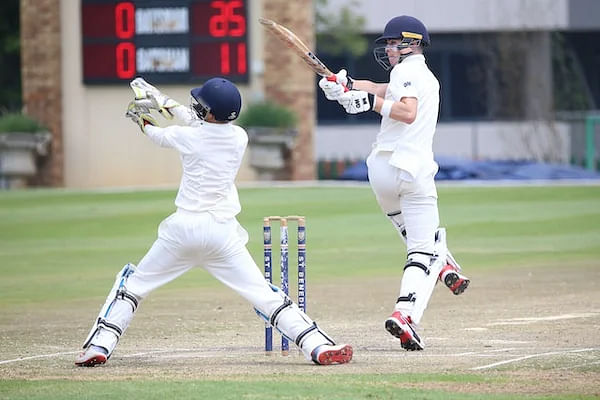
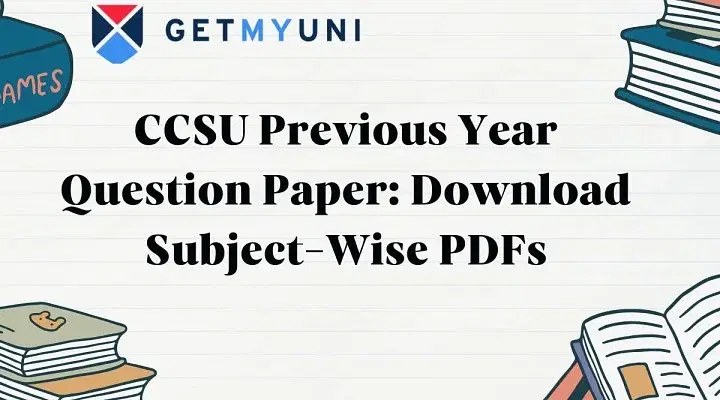
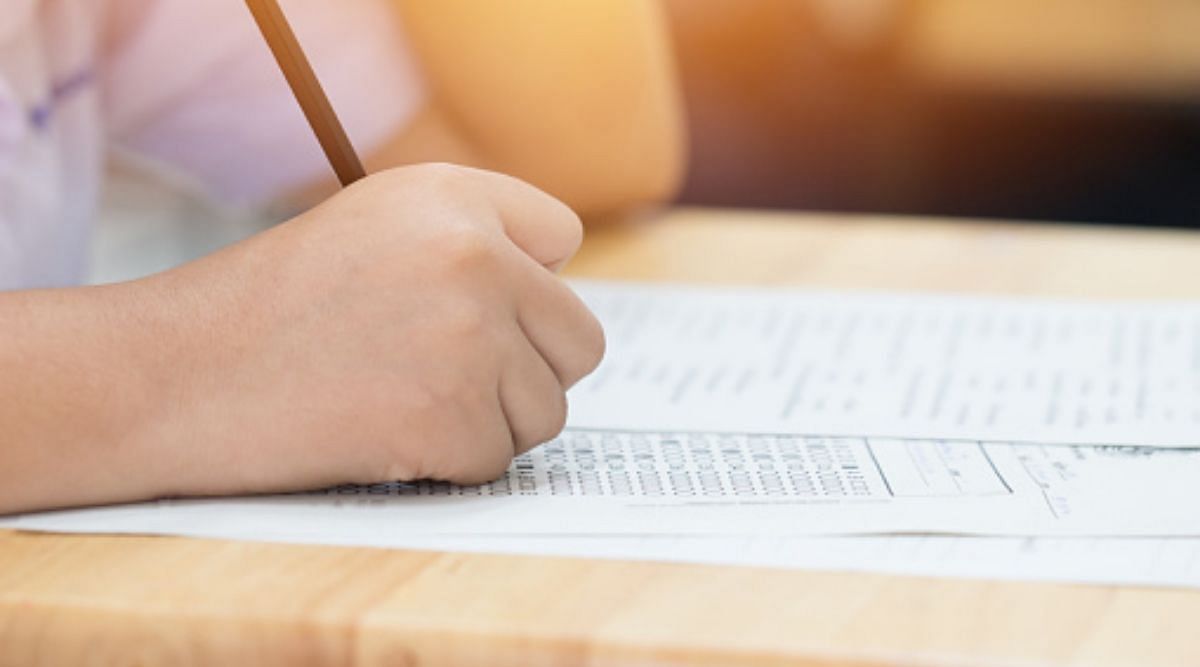


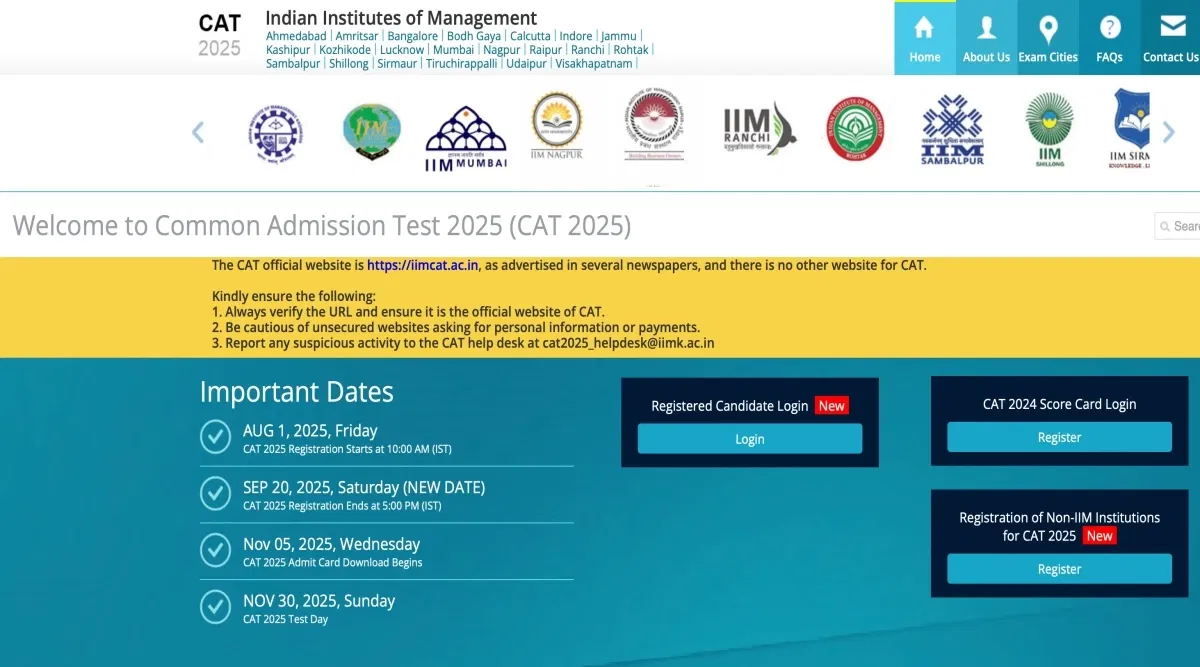





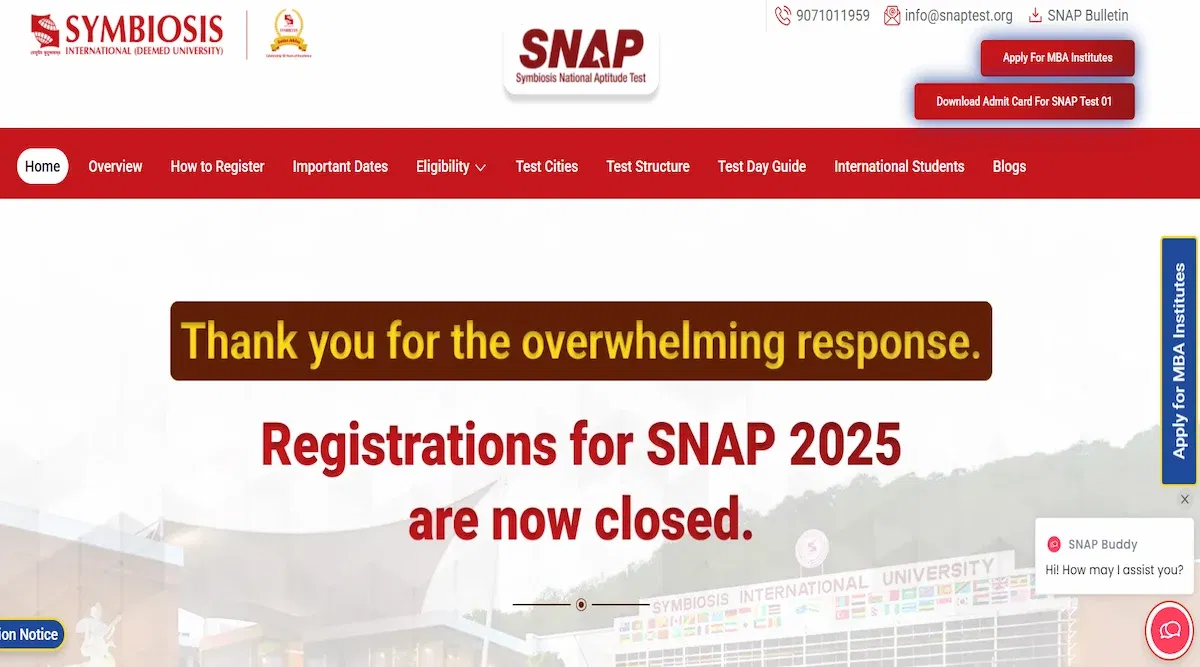
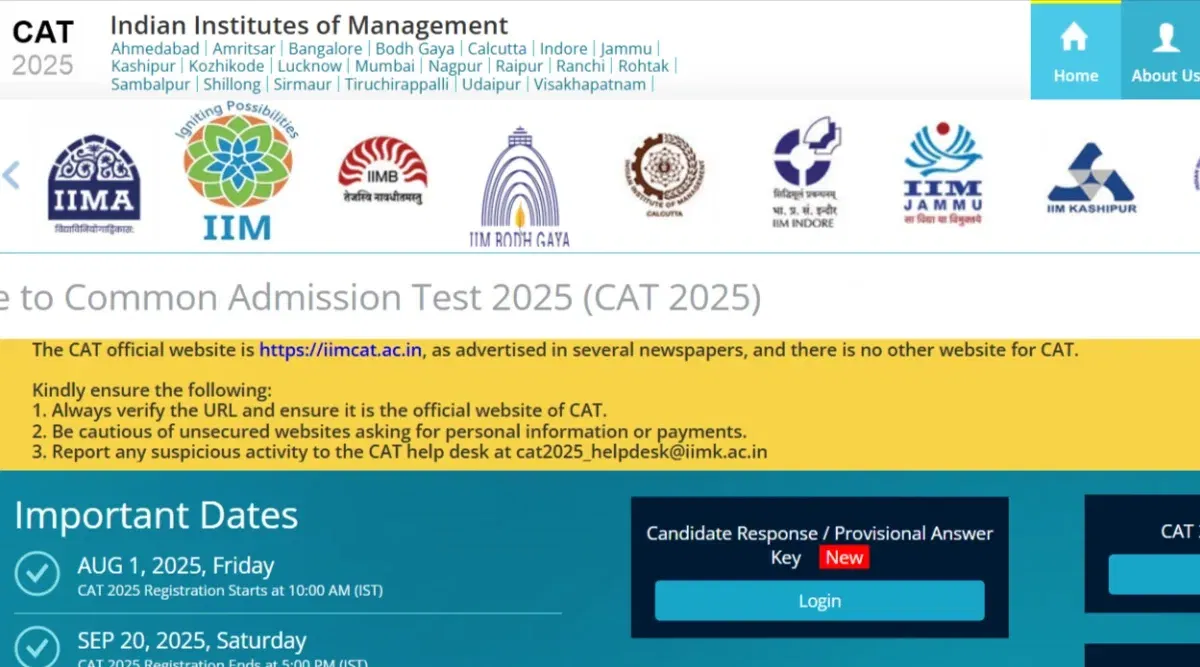
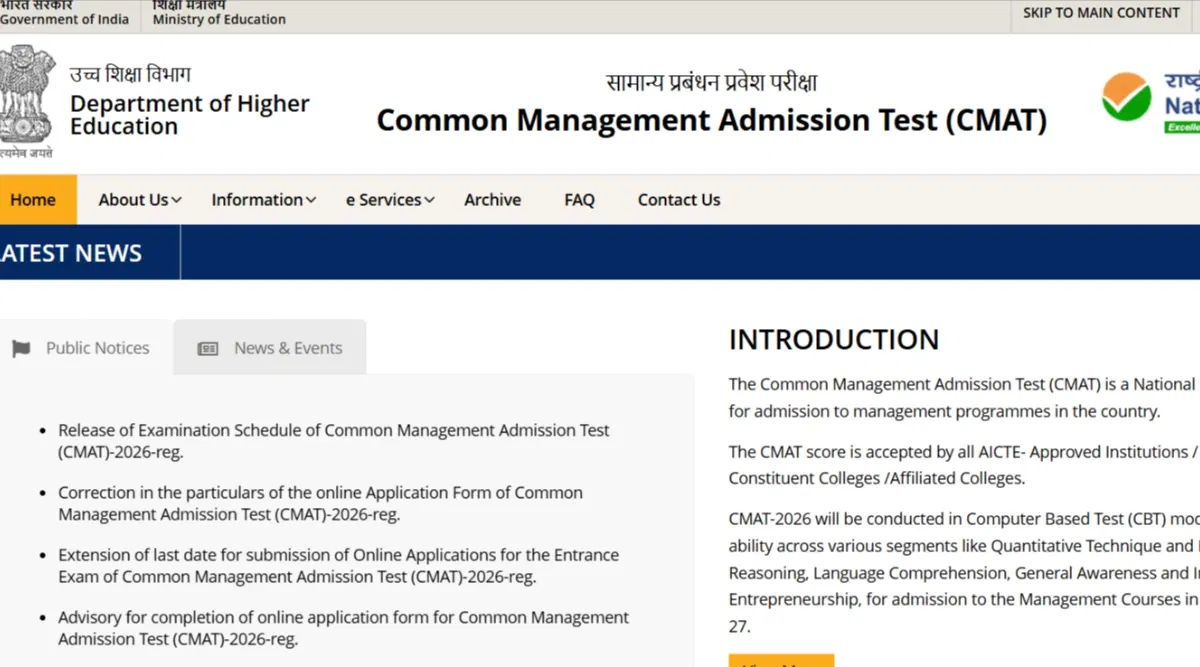


POST YOUR COMMENT